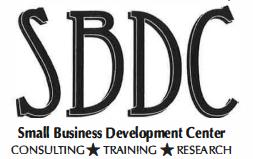How to Organize Your Business Your first major task in establishing a business is choosing the type of organization. There are three basic types of organizations: Sole Proprietorship, Partnership and Corporation. I. Sole Proprietorship Sole Proprietorship is the most common type of small business. The individual is the sole owner of all assets and is the employer. He bears all profits and losses himself, and is personally liable for all debts and obligations of the business. Outside assets such as home, car and personal bank account are subject to claims of business creditors. Advantages • The • The • The • The • The • The •
business is simple to organize. cost of organizing is low. owner is solely responsible for decisions. business has a minimum of legal restrictions. owner receives all the profits. profits are taxed only once.
The business is easy to discontinue.
Disadvantages • The business does not have a separate legal status. • The owner of the business has unlimited liability. • The owner is limited in raising operating funds, which may inhibit the expansion of the business. II. Partnership A partnership type of organization consists of two or more owners, with profit and loss shared equally or allocated by partnership agreement. Each partner is liable for business debts and obligations, and each partner’s outside assets may be subject to claims of creditors unless limited by partnership agreement. Advantages • A partnership is easy to organize. • A partnership can obtain more operating funds than a sole proprietorship. • A partnership combines the managerial skills and judgments of several partners. • A partnership has separate legal status. • The income is only taxable once. •
The income is taxed at the partner’s tax rate.
Disadvantages • General partners have unlimited liability. • A change in partners could terminate the partnership. • The authority for decision making is divided. • A partnership is difficult to sell or transfer.
How to Organize Your Business | 8














